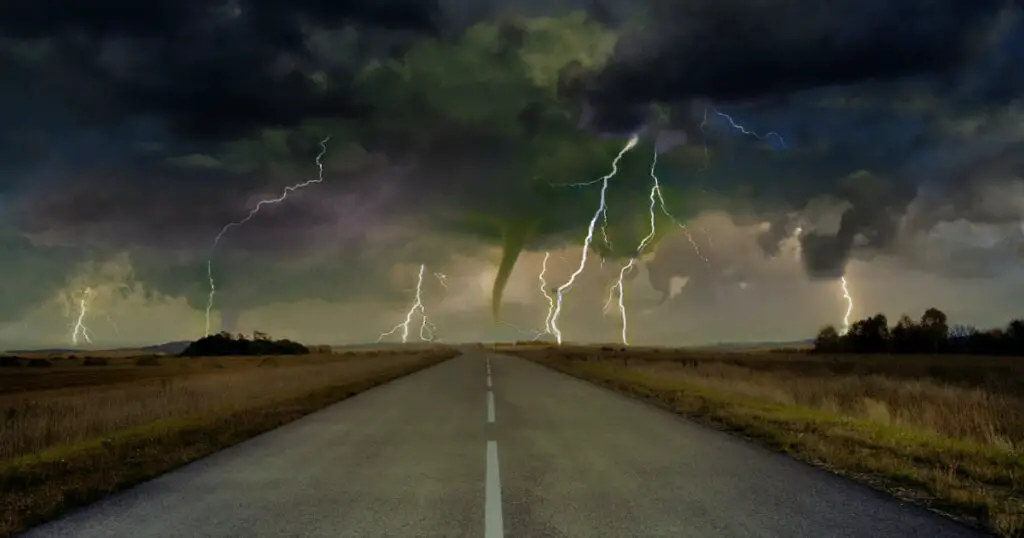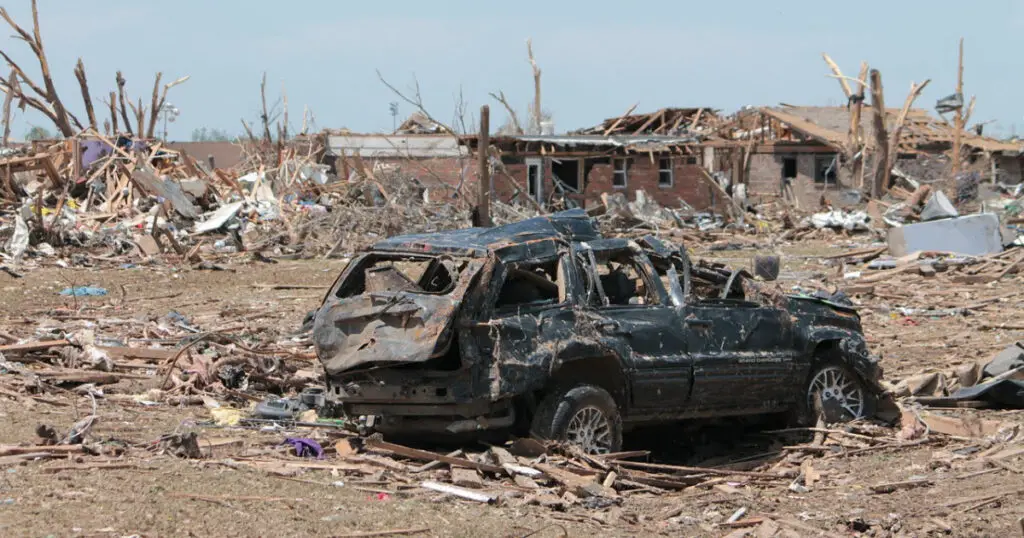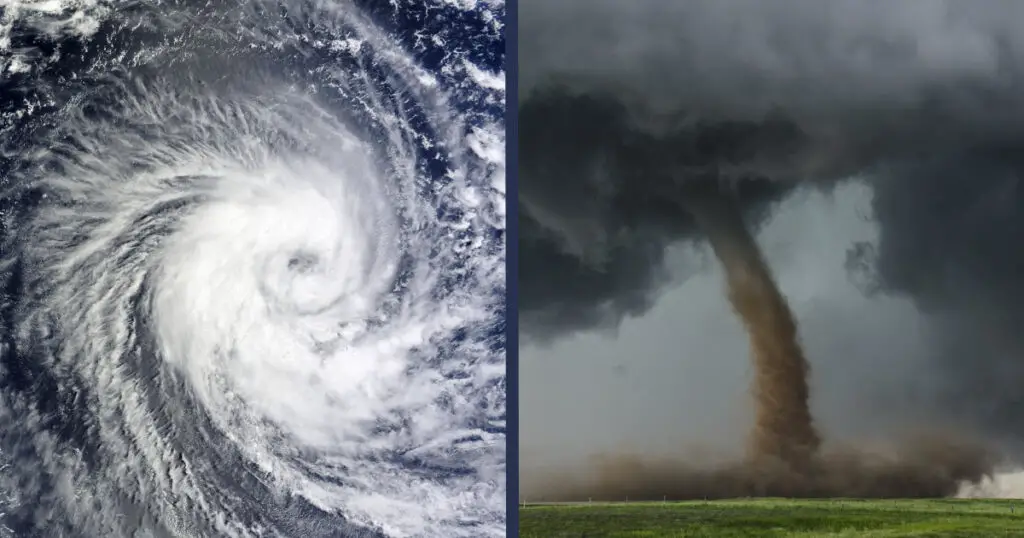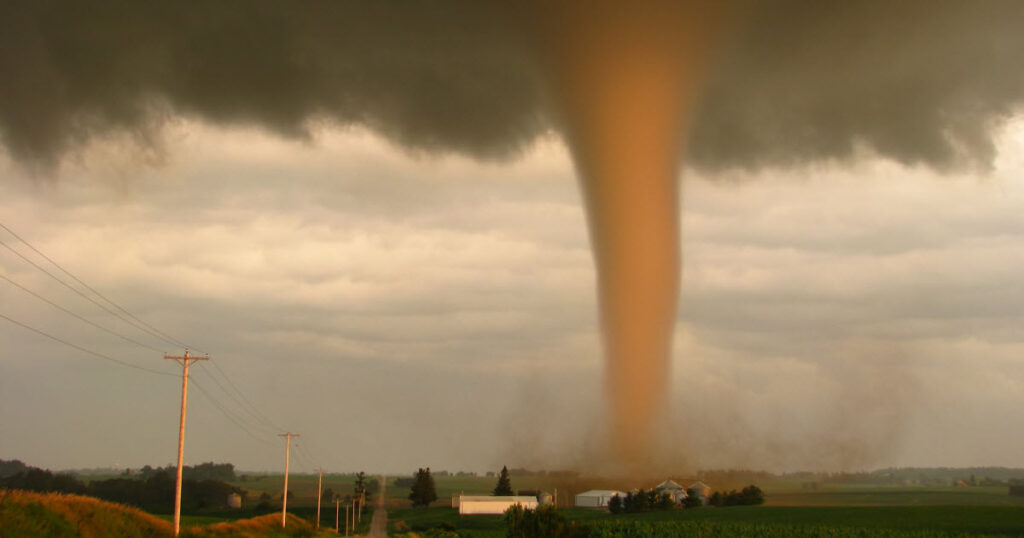There are adventures which can leave a lasting impression on anyone. For many people fascinated by weather phenomena, storm chasing is an unforgettable, bucket-list experience. Yet, before you jump in head first, make sure to consider all the facts and understand that this activity requires meticulous preparation to mitigate the risks that come with it.
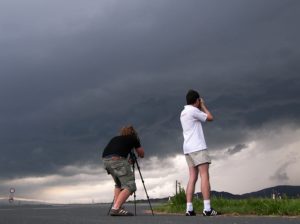
This post will cover the basics of what you need to know regarding chasing storms. Make sure to read every detail from beginning to end to kick-start your preparation the right way.
| This website is reader supported. If you make a purchase after clicking a link, I may earn a commission at no additional cost to you. |
What is Storm Chasing?
Storm chasing is defined as “the act of intentionally pursuing a severe weather condition as a hobby or in order to photograph or study it”.
There are various reasons for why people may decide to chase a storm. Common reasons are: to live an adventure, to gather information about such a weather condition, to get material for a media story, or to carry out scientific research. Generally speaking, the major reason why people usually engage in this activity is to experience firsthand of what a storm is like.
Anyone that intentionally pursues a storm is referred to as a “chaser” or “storm chaser”. Storm chasers don’t run away from such severe weather conditions. Instead, they try to find ways to get as close as possible to a storm.
| Related Posts |
|---|
How Do You Chase A Storm?
Are you thinking about becoming a storm chaser? A word of warning: don’t jump in head first if you lack the knowledge about how it can be done. Below are some of the tips that can help you chase a storm effectively and, most importantly, in a safe way.
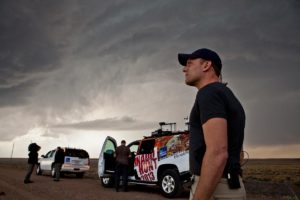
1 – Conduct Research
This step is of utmost importance and shouldn’t be ignored in any way. It entails reading and studying everything you can find online or in your local library regarding storms. Read about the various types of storms such as tornadoes, thunderstorms, and others. Get yourself acquainted with the specifications of each storm, their patterns and the dangers that each storm entails.
2 – Download Storm Chasing Apps
Make sure to install different storm chasing apps on your mobile to stay updated and and enhance your study and understanding of storms further. Popular storm chasing apps include (updated 2018):
- Live Chasing (iOS): This app allows you to follow storm chasers live, get their best shots and angles, talk with chasers and viewers alike through chat, and view the chasers’ current position on an interactive map.
- RadarScope (iOS): Use this app to get NEXRAD Level 3 and “Super resolution” radar data—the highest level of radar detail you’ll find for a smartphone. Is is so accurate that even private pilots rely on this app to navigate around storms.
- NOAA Weather Radar (iOS + Android): Make sure to have this powerful yet easy-to-use weather station with you at all times. Real-time animated weather radar images on a highly interactive map won’t let bad weather take you by surprise!
- Scanner Radio (Android): Listen to live audio from over 7,000 fire and police scanners, weather radios, amateur radio repeaters, air traffic and marine radios from around the world.
- mPING (iOS + Android): Support the National Severe Storms Laboratory and the University of Oklahoma in their research! Their mPING Project (Meteorological Phenomena Identification Near the Ground) is a project to collect weather information from the public through their smartphone or mobile device.
3 – Buy Storm Chasing Equipment
As a beginner in storm chasing, you need to make use of the right storm chasing equipment to ensure a great experience as well as your safety. Some storm chasing equipment you should consider to purchase are:
- a tablet/laptop and a car mount
- a storm mapping software
- a video camera, such as a GoPro
- a still camera for pictures
- a wireless hotspot
- an emergency kit
- some of the previously discussed apps
When it comes to the ideal storm chasing vehicle, there is a debate in the storm chasing community about whether to rather use a four-wheel drive SUV or a Minivan. You can find a great discussion on this topic by Matt Ver Steeg here.
4 – Pack Wisely
In addition to the discussed equipment, make sure to pack enough water and snacks to keep yourself hydrated and energized during a long-hour chase. Also, don’t forget some extra cash to cover expenses in an emergency.
5 – Join a Team
Chasing a storm on your own is a recipe for failure. You may not even be lucky to come back alive. Belonging to a team ensures that you will be with people who have the same goals and aspirations like you. In addition, you will possibly have access to their equipment which might complement or represent an upgrade to your own storm chasing equipment. Also, in a team you can divide the tasks among you. For instance, one person may be assigned the role of taking photos, another one to be driving the vehicle while the other may be spotting storms that are nearby.
Tornado Chasing
A lost of storm chasers are passionate about specifically chasing tornadoes. This is due to the adventurous, intense experience that a tornado tends to offer chasers with wind speeds of up to 320mph. Also, tornadoes are not that big in size (no more than 0.25 miles) which makes them great targets for photos and videos.
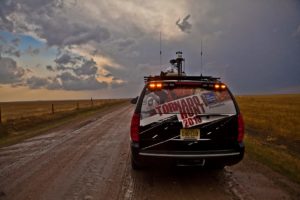
Most of the tornado chases take place in the United States since the country records over 75% of worldwide tornado occurrences.
Dangers of Storm Chasing
It is important you understand the fact that although storm chasing gives you the chance of experiencing something new and unforgettable, your life can be at great risk.
You are at risk of debris and strong winds coming towards you as you pursue the storm. The air will be filled with dangerous objects as branches of trees break under the pressure of the wind, rocks and stones get lifted up and power lines will be falling down. This is one adventure that you will really have to be mentally prepared for. Also, when pursuing a storm, there is a high chance of being involved in a car accident. Driving can be challenging as you are keeping your eyes on the storm rather the road.
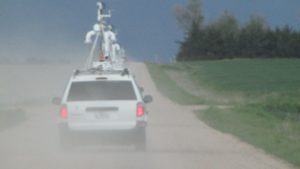
Keep in mind that every storm is unique and especially tornadoes are unpredictable in their behavior. That is to say, the challenges that come with each storm are unique, and you may have to come up with a different approach, prepare differently and take other safety measures compared to what you used for the last one you chased.
References: Stormchase.us, Oklahoma Chaser, StormTrack.org, NewsOn6, Slate.com, Wikipedia
Images: WikiCommons, WikiCommons, WikiCommons, WikiCommons
